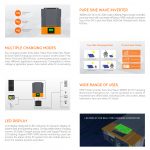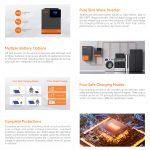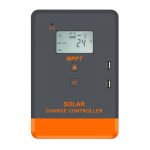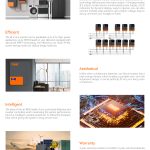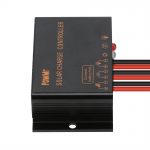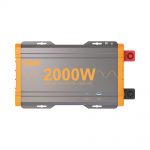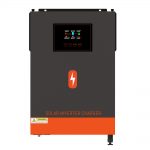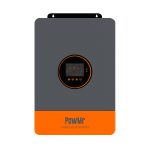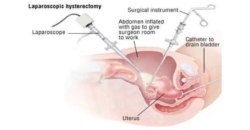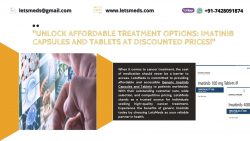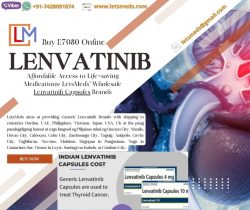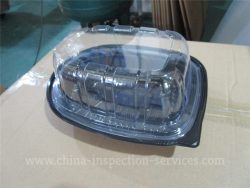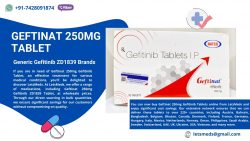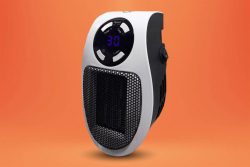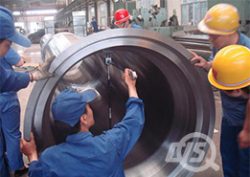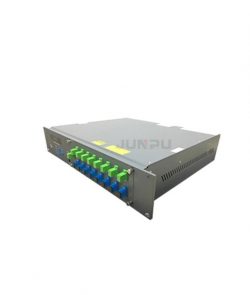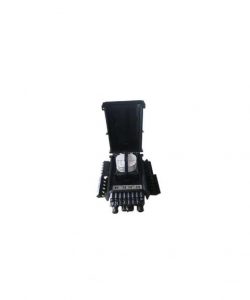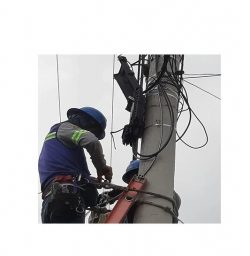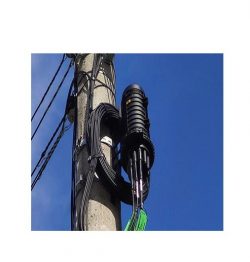To run appliances during a power outage
Advanced high-tech filling processes and machines, coupled with the superior performance of tubular plate technology, make the best Hybrid Inverter tubular batteries more effective and reliable for manufacturers, making inverter batteries competitively priced. The PWM controller acts like a switch, connecting the solar array directly to the battery while charging. This requires the solar array to operate in a voltage range that is typically lower than Vmp.
In a 12V solar system, the battery voltage range is usually 11-15V, but the Vmp voltage of the solar array is usually around 16 or 17V. Knowing your home’s power requirements is an important factor in choosing the best inverter for your home. To do this, you need to calculate the normal energy consumption of the appliances and machines you want to run during a power outage. It may include fans, kitchen equipment, CFL/LED lights, TVs, tube lights, etc. The amount of power used by all such devices in your home is your total power requirement. Make sure the battery is not full.
Charging the battery beyond the specified limits may result in hazardous operation. Open the vent plug/float indicator and test for acid color. If the All in one Inverter battery is in good health, the acid should be colorless. Brown or black acid indicates that the battery is contaminated or has reached the end of its life. In general, the price difference of small amps is not as large as that of large amps. The price difference between the MPPT controller and the PWM controller jumps after 30 amps. MPPT charge controllers, ranging in price from $70 to $1000, are common in the market.
In a pure sine wave inverter, the voltage rises and falls in waves. There are specific points when the voltage is zero. In a modified sine wave inverter, the voltage remains at zero for an extended period of time and then changes immediately. For some devices that are sensitive to zero voltage, the modified inverter can be detrimental. Therefore, the safest bet is to use pure sine wave inverters and not care about their price, as compromises can quickly cost you more than you might expect. If you live in an area with frequent power outages, you certainly know what an inverter is.
So you probably know something about inverter batteries as well. You’ve probably encountered a million things about inverter batteries that may or may not be true! The powmr series is a range of sine wave inverters specially equipped with durable, high performance technical designs and longer backup times for global power conditions. This series uses low voltage fast charging technology to provide full charge current to the battery at low input voltage, making it an ideal inverter for rural, semi-urban areas. Grid-tied inverter. The term “grid-tied inverter” refers to an inverter that is connected to the grid.
These inverters feed the grid with the corresponding phase and frequency. These inverters are programmed to shut down automatically when a lack of utility power is detected. The main job of an inverter is to convert the DC power stored in the battery into AC power to run appliances during a power outage. The main difference between a sine wave inverter and a square wave inverter is the output waveform received from the inverter. The inverter is so named because the DC and AC dynamics have been reversed, i.e. from DC to AC.
The best home inverters have always been important, but now they are becoming more important due to the growing problem of load shedding. The main benefit of the best home inverters in the world is to provide backup power in the event of a poor mains grid supply. In addition to these benefits, using an innovative Solar Charge Controller on older technology means reducing solar system cost and battery handling issues. It also improves solar system reliability and reduces load disconnects.
It also provides an opportunity to reduce battery size to reduce system cost. Pros: It’s more efficient and reliable because it mostly stays closed. Since it’s mostly off, the operating temperature is lower, thus requiring a smaller heatsink. It’s cheaper than an online UPS. Each of these controllers has its own functions and features. In practice, since the application is different, we must be aware of what the controller applies to the application. Below are 3 mainstream types of solar charge controllers.

